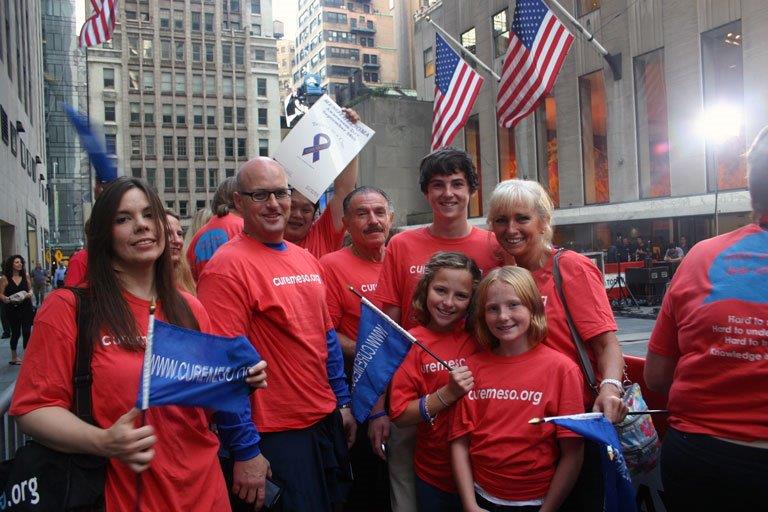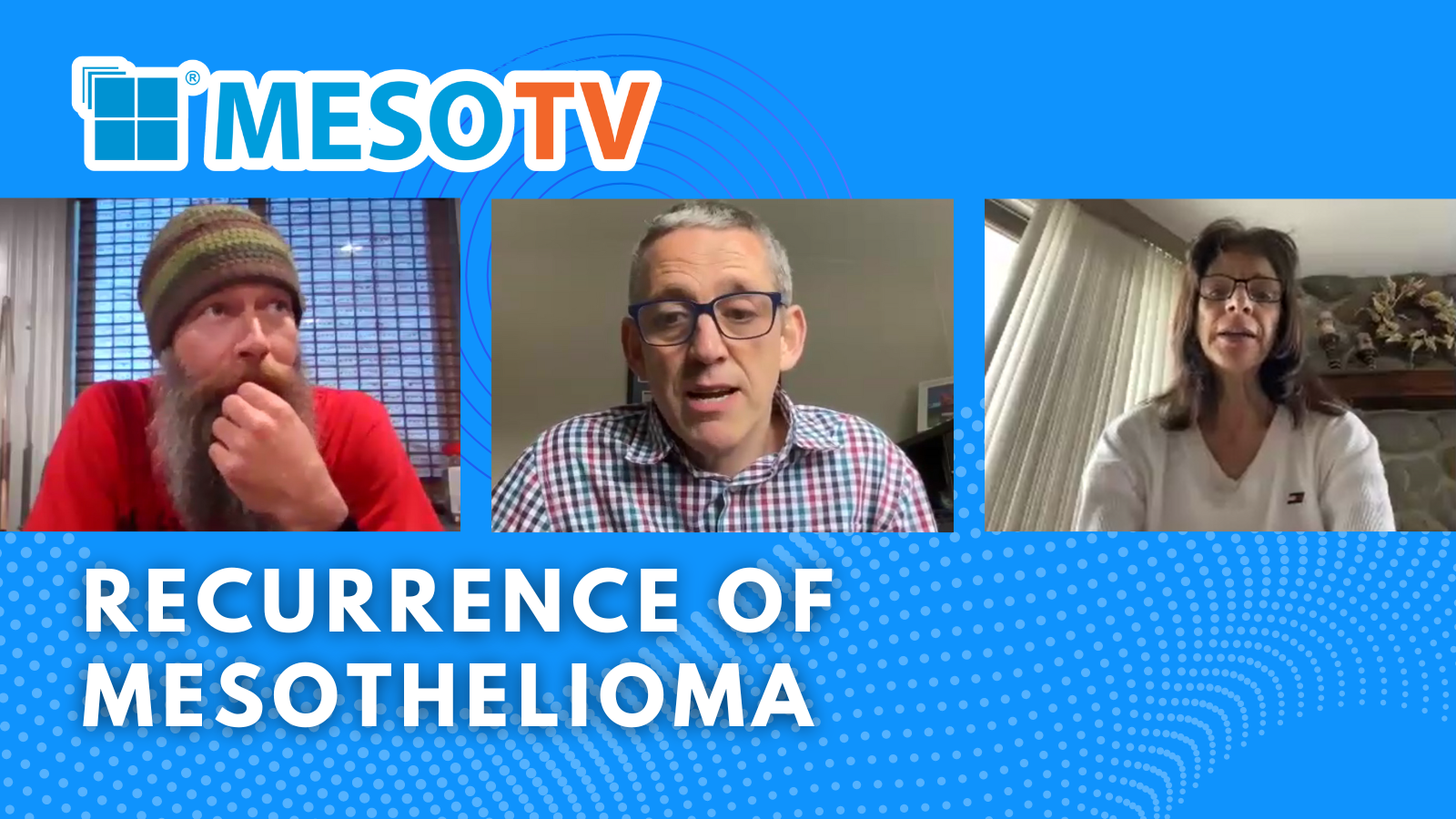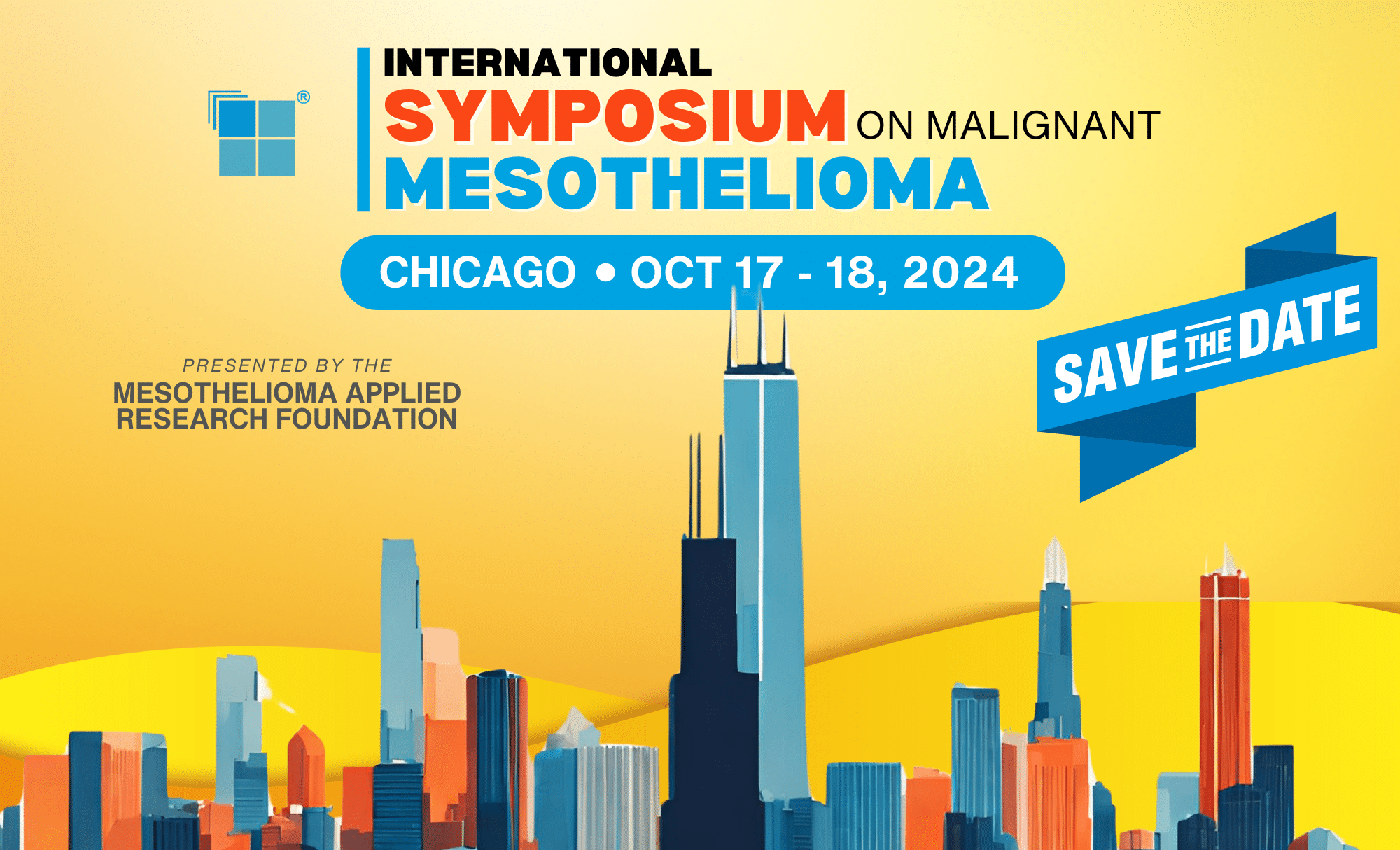
by Beth Posocco, Communications Associate, Mesothelioma Applied Research Foundation
A few weeks ago, I had the chance to attend two days of the third annual US Conference on Rare Diseases and Orphan Products in Bethesda, Maryland. The conference organized by NORD and DIA was broken up into four major themes: Research and Regulation, Access and Reimbursement, the Role of The Patient in the Research and Regulatory Process, and The Implementation of the Affordable Care Act. Attendees included doctors, patients, and professionals in the rare diseases field.
On Tuesday, October 8, the US Conference on Rare Diseases began with an overview of NORD, the National Organization for Rare Disorders. NORD was formed in 1983 as an independent charity to mobilize support for the passage of the Orphan Drug Act. Today, NORD is made up of 35 individuals with 3 offices located in Connecticut, Boston, and Washington, DC. The organization is made up of programs including research, advocacy, patient/family support, and education.
The first session of the day emphasized the importance of natural history studies in rare diseases. This involves tracking the natural progression of a rare disease. The study of the progression will allow for an enhanced understanding of the rare disease and the advancement of drug development. Natural history studies can also improve rare disease diagnoses, expand the definitions of the diseases, and help identify biomarkers.
Among the first to speak was Dr. Marshall Summar, Chief, Division of Genetics and Metabolism at the Children’s National Medical Center. Dr. Summar has worked in the field of genetics and rare diseases since the 1980s and currently operates the largest clinical genetics program in the United States with 7,000 patients per year. Dr. Summar provided an excellent overview of rare diseases and why they are important. As he noted, there are currently over 7,300 rare diseases listed by NIH that affect 20 to 30 million Americans, or 8-10% of the population.
Dr. Summar noted that as the field of rare diseases gains popularity, more and more people are surviving. To quote Dr. Summar, “There is a tsunami of rare disease patients entering adulthood.” This is a direct result of increased and advancing research. On the topic of research, Dr. Summar stressed the importance in studying rare diseases. He pointed out the fact that rare disease research continuously impacts common conditions. Lessons learned from rare diseases are often applicable to common conditions affecting the general public.
In an afternoon session titled “Patients and Industry: Partnership and Collaboration in Research Funding and FDA Review,” I had the pleasure of listening to a presentation given by Steven Roberds of the Tuberous Sclerosis Alliance (TS Alliance). The TS Alliance was founded in 1974 with the goal of finding a cure for TS through research sponsorship, support programs, education, and more. Tuberous Sclerosis Complex, or TSC, is a rare genetic disorder occurring in approximately 1 in 6,000 live births, 50,000 Americans, and 1 million people worldwide. A TSC patient characteristically suffers from the growth of tumors within the body, but no two patients are affected the same way. TSC is also a leading genetic cause of autism and epilepsy.
The TS Alliance initiated a Natural History Database in 2006 as an attempt to better understand the disease and how it naturally progresses in patients. Data is gathered from 15 of the 40 TSC clinics in the United States, and the database is an available resource to researchers. The data within this custom, web-based repository is constantly updated and retrospective. Since its launch, the Natural History Database has grown significantly and there has been an improvement in disease awareness and earlier diagnosis. To improve the database further, TS Alliance joined forces with Novartis Pharmaceutical Company. Novartis provides funding for the database, while TS Alliance continues to own all of the data.
Christine Brown of the National PKU Alliance (NPKUA) kicked off the session titled “Assuring Patient Access to Treatments.” NPKUA was formed in 2008 with the main goal of creating a centralized research program and ultimately finding a cure for phenylketonuria (PKU). NIH describes PKU as “a rare condition in which a baby is born without the ability to properly break down an amino acid called phenylalanine. With the introduction of newborn screening fifty years ago, PKU became easier to detect earlier and treatment has advanced greatly.
Assuring PKU treatment continues in patients throughout their lives is a goal of NPKUA. The majority of infants receive treatment, but the number of patients who remain in clinics decreases over time. More than 70% of PKU patients aged 35-40 are not present in clinics. Despite being treated as a child, PKU can still cause major health issues if treatment is discontinued later in life. One issue often seen is the limited amount of adult PKU clinics. Many adult PKU patients are seen in pediatric settings.
The treatment for PKU is a strict diet of medical foods. The only natural foods able to be processed by PKU patients are fruits and vegetables. To make up for the lack of nutrition available, patients must eat a diet of modified low protein medical foods. This diet costs ~$8,000 per year and is often not covered by insurance despite being considered medical treatment by the FDA.
Wednesday, October 9, began with a presentation titled “Payment Reform Activities and their Relations with Rare Diseases and Orphan Products” by William Shrank, MD MSHS, of the Division of Pharmacoepidemiology and Pharmacoeconomics at Harvard Medical School and Brigham Women’s Hospital. Dr. Shrank provided an overview of what payment reform within the Affordable Care Act entails. He explained the goal of payment reform: “create a payment approach that awards doctors for high quality care.” Doctors will strive to give the best quality care to patients rather than simply trying to reach a higher quantity of patients.
Dr. Shrank pointed out a common worry when applying payment reform to rare diseases: will doctors avoid patients with rare diseases because they require more attention and specialized care? This worry was put to rest as Dr. Shrank explained that striving for better quality will actually eliminate the possibility of rare disease patients falling through the cracks. Because of better care coordination, rare diseases will benefit, as they require multiple doctors and specialists.
The second session of the day, “Collaboration from Bench to Bedside: How Industry and Patients Can Partner in Rare Diseases,” consisted of a panel of four: Robert Beall, President and CEO of Cystic Fibrosis Foundation, Robi Blumenstein, President of the CHDI Foundation, John Bournas, CEO and Executive Director of the World Federation of Hemophilia, and Dian Goetz, Senior Director, Patient and Professional Advocacy at PTC Therapeutics. The panel discussed the best ways to avoid pitfalls and ensure successful industry collaborations.
Beall stressed that successful strategic alignment in collaboration is best achieved through constant dialogue. Blumenstein built on this idea by explaining that patients and industry must understand what one another cares about rather than telling one another what they should care about. Input from Bournas suggested trust and confidence are just as important as communication. Goetz took a similar stance while also stressing the importance of keeping industry up to date.
The panel moved on to discuss avoiding pitfalls in the process. On the subject of patient/industry collaboration, Beall simply stated, “It’s not for the faint of heart.” It is important to recognize that disappointments are unavoidable. The panel unanimously agreed that patience is key, as the collaboration process takes a very long time.
The US Conference on Rare Diseases and Orphan Products closed with a look at the next 30 years within the field. NORD expressed their goals to continue as “the voice of rare disease patients.” As more rare diseases are discovered, NORD will continue to build organizations to support them. Overall, the field of rare diseases is gaining popularity and research is advancing.
 Beth Posocco began working with the Meso Foundation in July of 2013. As a Communications Associate, Beth’s work encompasses marketing, social media strategy, blogging, mass emailing, website maintenance, SEO, and design. With her creative nature and marketing education, Beth’s goal is to grow our online community and strengthen our relationships with those affected by mesothelioma.
Beth Posocco began working with the Meso Foundation in July of 2013. As a Communications Associate, Beth’s work encompasses marketing, social media strategy, blogging, mass emailing, website maintenance, SEO, and design. With her creative nature and marketing education, Beth’s goal is to grow our online community and strengthen our relationships with those affected by mesothelioma.
Beth was born and raised in Scranton, Pennsylvania. She completed her undergraduate degree at the University of Scranton in 2011 with a BS in Media and Information Technology. She is currently pursuing an MBA with a graduate certificate in Social Media Marketing from Southern New Hampshire University. Previously, Beth has interned and worked with multiple nonprofit organizations in both Pennsylvania and the Washington, DC area.





